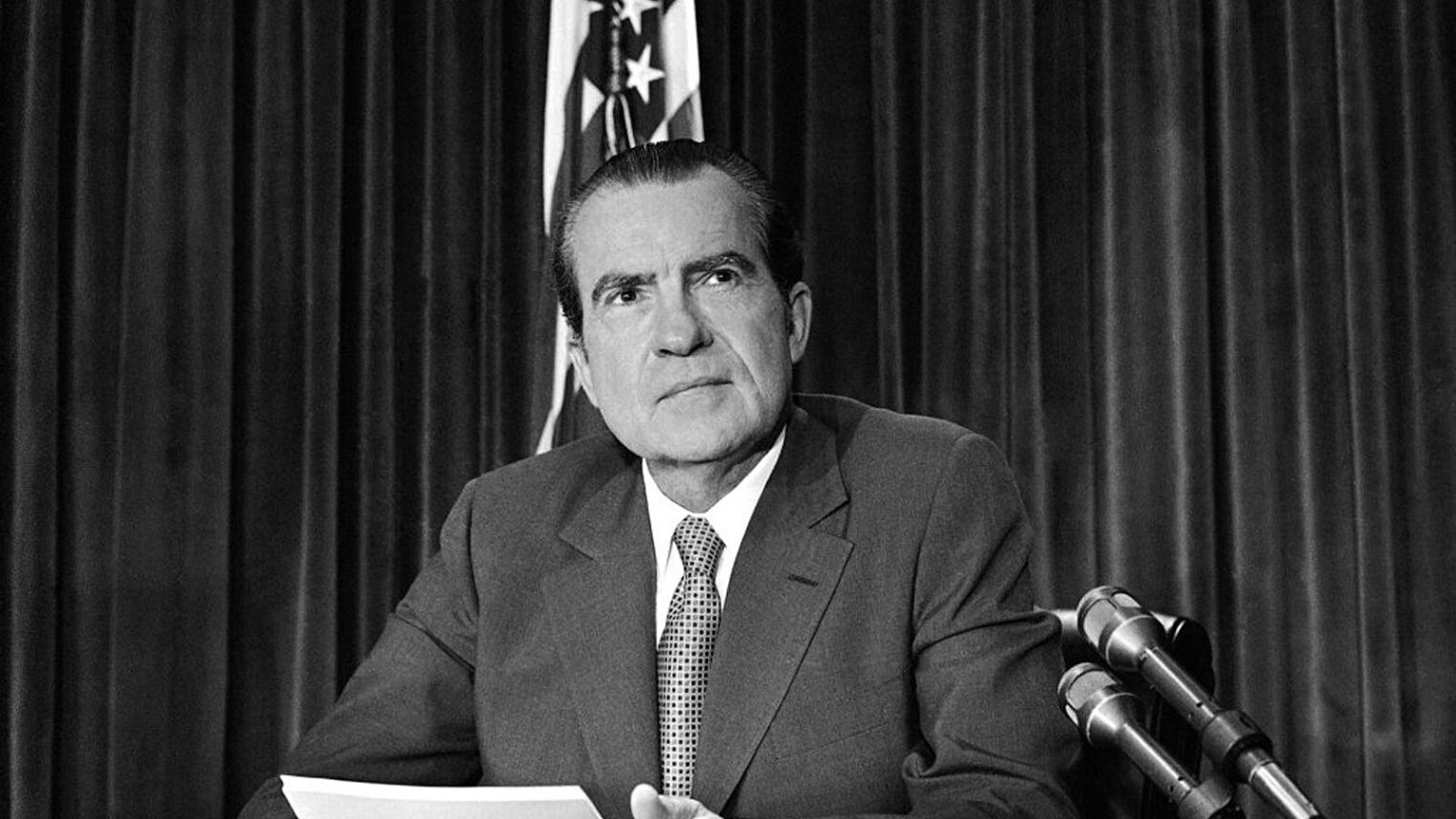The Nixon Doctrine and U.S. policy on regional cooperation in Southeast Asia after the Second World War

About the publication
President Richard Nixon's declaration in 1969 during a visit to the U.S. island of Guam that Asian nations would need increasingly to take responsibility for their own defence has generally been viewed as the first indication of the adoption of a policy of no new involvement in Southeast Asia. By the time that statement, known as the Guam or Nixon Doctrine, was made, Nixon had already begun to withdraw troops from South Vietnam. Nixon's speech was closely associated with U.S. involvement in Vietnam and future defence planning. During a speech on 3 November 1969 in which he outlined America's position in Vietnam, Nixon provided three guidelines for future U.S. policy in Asia. The first was that the United States would continue to fulfil its treaty obligations. The second was that the U.S. nuclear shield would remain for allies threatened by a nuclear power. The third principle stipulated that the United States would expect its allies in the region to provide the personnel for their own defence.

